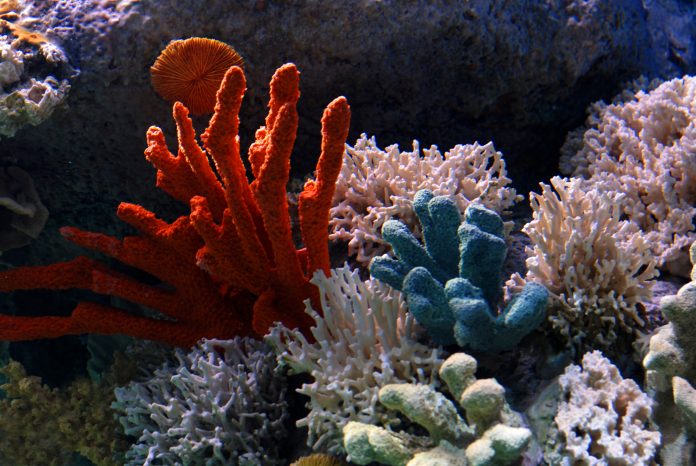Can a new strategy protect coral? When it comes to the ocean, biodiversity is key to the conservation of the marine environment, and we’re running out of time
Coral reefs are one of the most biodiverse ecosystems in the world and support over 25% of all marine life. Their estimated value is $5 billion in the state of Florida alone.
Oceans further absorb over 90% of the sun’s energy. They demonstrate the extent to which rising temperatures are threatening coral reefs and other vital ecosystems that support biodiversity. In 2016 and 2017, an abrupt rise in surface temperatures in the Pacific Ocean caused mass bleaching on an unprecedented scale. Coral bleaching is a direct result of global warming, where rising temperatures cause marine heatwaves, which place stress on the living coral animals, as well as the photosynthetic algae on which they depend for energy.
However, many coral reefs have been in decline due to warming waters, fertiliser spills and human extraction. Scientists on the Intergovernmental Panel on Climate Change (IPCC) have warned that if warming reaches 2C, it is very likely that in the next 50 years there would be more than a 99% chance that tropical corals would be eradicated – making it more crucial now than ever to protect coral. As of 2018, 50% of the coral on the Great Barrier Reef has been lost.
The study to protect coral
Oliver Selmoni, a doctoral assistant at EPFL’s Laboratory of Geographic Information Systems (LASIG), applied the principles of environmental genomics to characterise this ability to adapt.
“New Caledonia is home to the world’s second-longest coral reef, expanding to over 1,000 km,” says Selmoni. “This relatively compact ecosystem is exposed to dramatic contrasts in environmental conditions, which makes it an ideal candidate for studying climate adaptation.”
The study aimed to test two ideas.
The first is that coral populations learn to adapt to warmer seas after experiencing prolonged heat stress over many years. “The longer higher temperatures persist, the more likely it is that climate-resilient traits will develop and be passed down from generation to generation,” explains Selmoni. The second idea relates to connectivity: corals reproduce by releasing larvae into the water, which are then carried in ocean currents. “Corals rely on nearby populations for survival. When a reef is destroyed by environmental stressors or human activity, larvae from elsewhere are needed to kick-start repopulation,” he adds.
Composition of the marine environment can explain temperatures
Selmoni’s first task was to assess the composition of the marine environment in New Caledonia, using satellite data stretching back 30 years. After selecting 20 sites with the greatest temperature contrasts, he headed into the field to collect samples. “We focused on three flagship Pacific coral species that are susceptible to bleaching and relatively easy to find,” he recalls. “It was a huge undertaking: 3,000 km by road and another 1,000 km by boat!”
Using environmental genomics methods at LASIG, he found that the field observations supported his connectivity and adaptation hypotheses. Selmoni further said: “As expected, we observed a correlation between likelihood of adaptation and prolonged exposure to high heat stress. Conversely, corals in locations that had never experienced heat stress showed no climate-adaptive traits.”
Essentially, in regions that have experienced heat fluctuations, the coral is more likely to survive the incoming wave of bleaching. Environmental genomics can therefore give marine conservationists a map of where to fight this deadly heat fluctuation.











